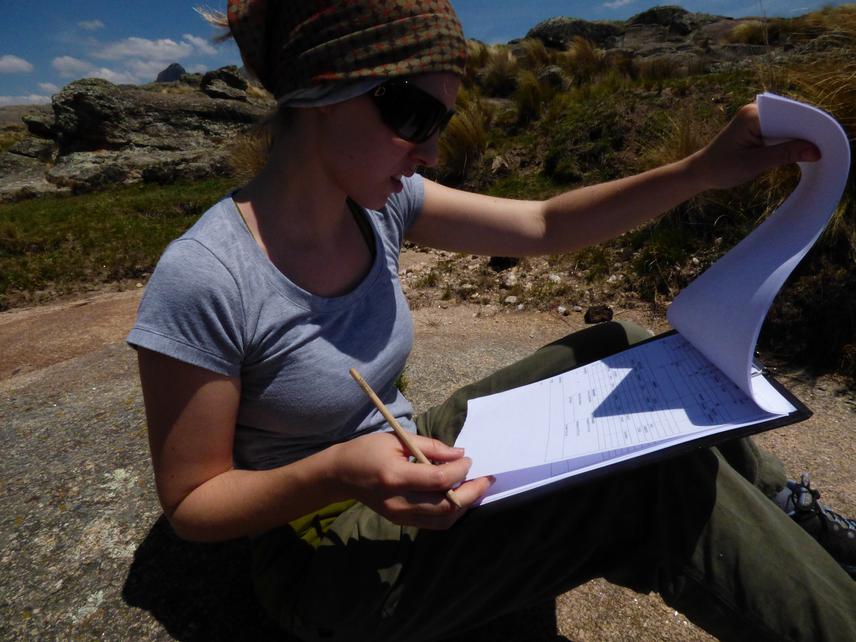Julian Lescano
Other projects
31 Oct 2013
Exotic Fishes in a Fragile Environment: An Evaluation of Trout Impact on Endemic Mountain Frogs in Sierras Grandes Mountains, Argentina
The main goal of this study is to assess the effect of forest degradation and habitat alteration on amphibians communities of the "arid chaco" region, Cordoba province, Argentina.

The Great American Chaco is a mosaic of environments with the most extensive forests after Amazonia. Its 1.3 million km2 area comprises sectors of four countries: Argentina, Paraguay, Bolivia and Brazil. These forests have been subjected to intense human-induced modification, such as logging, fire and overgrazing. At least 80% of the original "Chaco" forest area in the province of Cordoba, Argentina, has been lost. However, the response of amphibian communities to the loss of Chaco forest has not been evaluated yet. Understanding the habitat-anuran amphibian relationship becomes essential, since this vertebrate group is highly sensitive to man-induced habitat changes and has undergone alarming declines in the last years.
Intensive surveys of 40 temporary and permanent ponds during the anuran breeding season will be conducted. Ponds will be inspected at night and all adult amphibians will be counted. A two-minute call record to record the number of males in vocalization activity will be conducted at each site. To determine the local breeding habitat at each breeding site we will measure habitat characteristics of ponds (i.e., water quality, type of vegetation, bare soil area). Variables at each site at landscape level will be measured using satellite images. Landscape and local habitat variables will be used to know the importance of these on amphibian diversity and richness.
This project will provide a first quantitative evaluation of the effect of deforestation of Argentine arid woodlands on anuran fauna; the project will also show the current situation about changes associated with forest structure and quality that affect community species abundances. The project will also contribute with valuable information on the species-habitat relationship at different scales; such information will allow us to generate predictive models that will be useful management tools for government decision makers on the management of these fragile and threatened forests. Moreover, our work will be an important contribution to the knowledge of the biology of amphibian species present in the region, since many of them are endemic to the Chaco region and their conservation status is critical.
The information obtained will make an important contribution to the development of conservation strategies and management recommendations for policy makers, administrators, park rangers, forest industries and local people to assure the long-term survival of this amphibian communities and their threatened habitat.